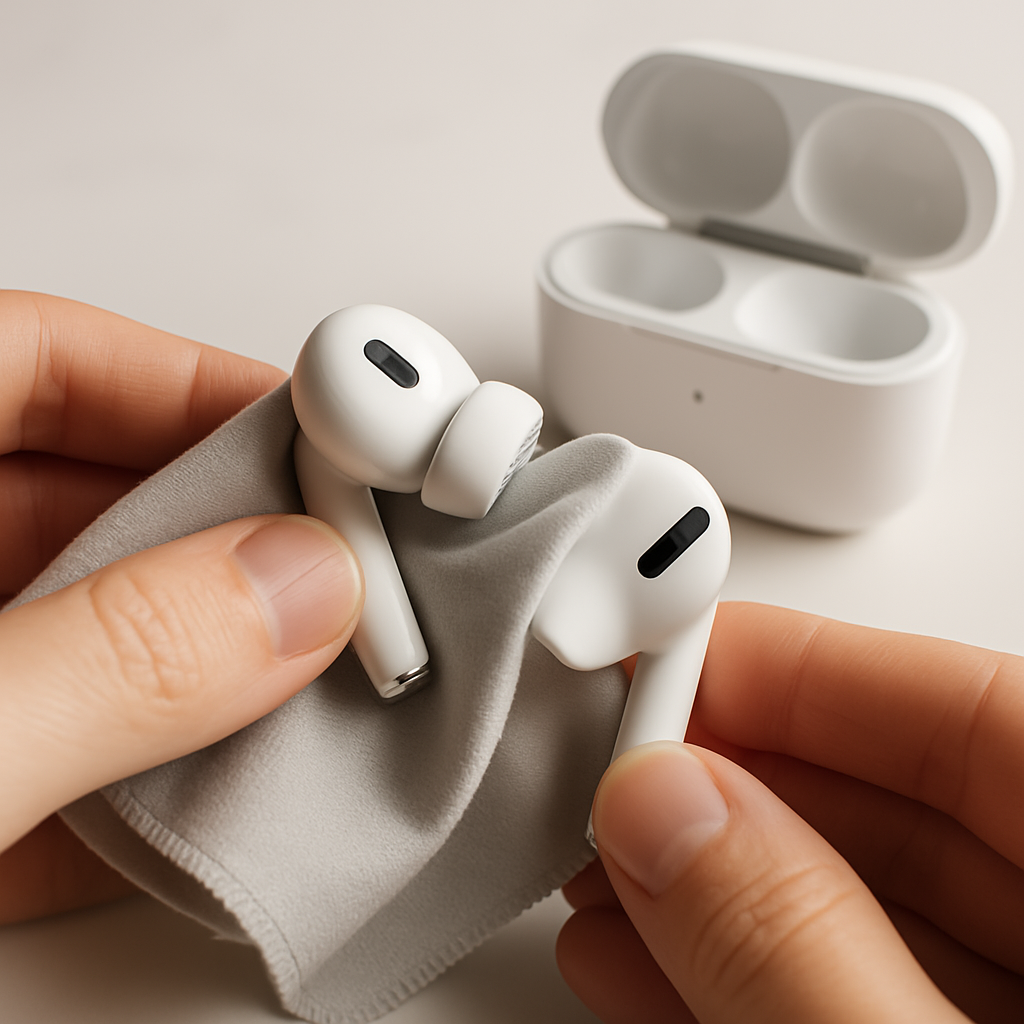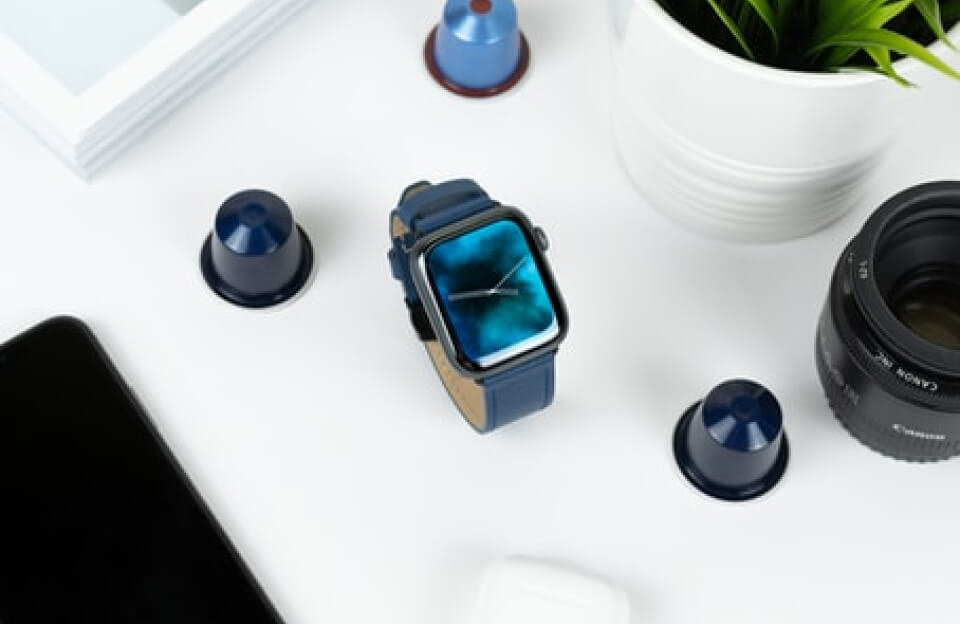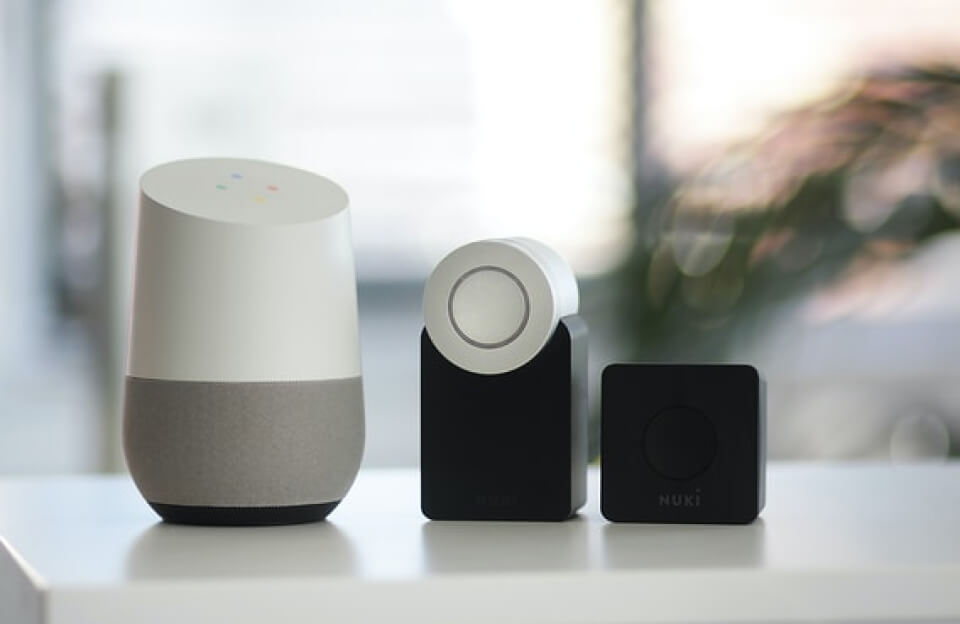Introduction
Wireless earbuds have become an indispensable part of our daily lives, offering unparalleled convenience and freedom. From commuting to working out, these compact audio companions deliver our favorite tunes, podcasts, and calls directly to our ears. However, like all electronic devices, wireless earbuds have a finite lifespan, often limited by their built-in batteries and exposure to daily wear and tear. As of 2025, with advancements in Bluetooth technology (like Bluetooth 5.4) and audio processing, earbuds offer impressive sound quality and features such as active noise cancellation (ANC) and AI-enhanced sound customization . Yet, the common concern among users remains: how to make these valuable gadgets last longer.
This comprehensive guide will delve into the critical aspects of wireless earbud longevity, focusing on battery health and effective maintenance strategies. We will explore the latest insights and best practices for 2025, providing actionable tips to help you maximize the lifespan of your wireless earbuds and ensure they continue to deliver an optimal audio experience for years to come. By understanding the nuances of lithium-ion battery care and adopting a proactive approach to maintenance, you can significantly extend the life of your earbuds, saving money and reducing electronic waste.
Understanding Wireless Earbud Batteries: The Heart of Longevity
At the core of every wireless earbud lies a small, yet powerful, lithium-ion battery. These batteries are chosen for their high energy density and relatively long cycle life. However, their performance and lifespan are susceptible to various factors, including charging habits, temperature exposure, and discharge cycles. In 2025, typical wireless earbuds offer a standalone battery life ranging from three to ten hours, with their charging cases providing an additional 20 to 30 hours of power . While these figures are impressive, the true longevity of your earbuds’ battery depends on how you treat it.
The Science of Lithium-Ion Batteries and Degradation
Lithium-ion batteries degrade over time due to chemical reactions that occur during charge and discharge cycles. This degradation manifests as a reduction in the battery’s capacity, meaning it can hold less charge and, consequently, provide shorter usage times. Several factors accelerate this process:
•Full Discharge Cycles: Repeatedly draining the battery to 0% before recharging puts significant stress on the battery cells. Lithium-ion batteries prefer partial discharges .
•Full Charge Cycles: Similarly, consistently charging the battery to 100% and leaving it on the charger can also contribute to degradation, especially if the battery remains at 100% for extended periods .
•High Temperatures: Exposure to high temperatures, whether during charging, usage, or storage, can significantly accelerate battery degradation. Heat causes irreversible chemical changes within the battery .
•Fast Charging: While convenient, frequent use of fast chargers can generate more heat and potentially stress the battery more than slower charging methods .
Understanding these mechanisms is the first step towards adopting habits that promote battery longevity.
Maximizing Battery Lifespan: Practical Tips for 2025
To ensure your wireless earbuds’ batteries last as long as possible, consider adopting the following practices, informed by the latest understanding of lithium-ion battery chemistry:
1. Optimize Charging Habits
•Avoid Full Discharges and Charges: The
sweet spot for lithium-ion batteries is often between 20% and 80% charge. Aim to charge your earbuds when they reach around 20-30% and disconnect them when they hit 80-90%. This partial charging strategy significantly reduces stress on the battery.
•Avoid Overnight Charging: While many modern devices have circuitry to prevent overcharging, continuously leaving your earbuds plugged in after they reach 100% can still contribute to long-term degradation . Charge them when you can monitor them and disconnect once full.
•Use Standard Chargers: Whenever possible, use the charging cable and case provided with your earbuds. While fast chargers are convenient, they can generate more heat, which is detrimental to battery health .
2. Manage Temperature Exposure
•Keep Them Cool: Avoid leaving your earbuds in direct sunlight, in a hot car, or near heat sources. High temperatures accelerate battery degradation. Similarly, extreme cold can also negatively impact battery performance, though the effects are generally less severe than heat.
•Allow to Cool Before Charging: If your earbuds have been used extensively and are warm, allow them to cool down to room temperature before placing them in the charging case. Charging a hot battery can cause further stress.
3. Smart Usage and Storage
•Store at Partial Charge: If you plan to store your earbuds for an extended period (e.g., several weeks or months), ensure they are charged to around 50% before storage . Storing them at 0% can lead to deep discharge and irreversible damage, while storing at 100% can also cause unnecessary stress.
•Turn Off When Not in Use: While seemingly obvious, habitually turning off your earbuds when not in use, especially for longer periods, conserves battery life and reduces unnecessary discharge cycles.
•Disable Unused Features: Features like Active Noise Cancellation (ANC) or transparency mode, while useful, consume additional battery power. If you don’t need them, turn them off to extend usage time between charges.
4. Firmware Updates
•Stay Updated: Manufacturers often release firmware updates for wireless earbuds that can include optimizations for battery management and power efficiency. Regularly check for and install these updates through your earbud’s companion app.
Maintenance Tips for Physical Longevity
Beyond battery care, the physical condition of your wireless earbuds plays a crucial role in their overall lifespan. Dust, earwax, moisture, and physical impact can all contribute to premature failure. Regular and proper maintenance can prevent many common issues.
1. Regular Cleaning
Earbuds are exposed to earwax, sweat, and environmental dust, which can clog speaker grilles, interfere with charging contacts, and harbor bacteria. Regular cleaning is essential.
•Frequency: Ideally, wipe down your earbuds after each use. A more thorough cleaning should be performed weekly or bi-weekly, depending on usage.
•Tools: Use a soft, lint-free cloth, cotton swabs, and a small, soft-bristled brush (like a clean, dry toothbrush or an interdental brush). For stubborn earwax, a toothpick or a dental pick can be carefully used .
•Cleaning Process:
•Ear Tips: If your earbuds have removable silicone or foam tips, gently remove them. Wash silicone tips with mild soap and warm water, rinse thoroughly, and allow them to air dry completely before reattaching. Foam tips generally cannot be washed and may need replacement if heavily soiled.
•Speaker Grilles: Carefully use a dry cotton swab or a soft-bristled brush to dislodge earwax and debris from the speaker grilles. For more stubborn buildup, you can gently use a toothpick or a dental pick, being extremely careful not to push debris further into the grille or damage the speaker . Some suggest using a small amount of Blu-Tack or similar adhesive putty to lift out debris.
•Earbud Body: Wipe the body of the earbuds with a soft, lint-free cloth lightly dampened with water or a small amount of isopropyl alcohol (ensure it’s not dripping wet) . Avoid getting liquid into any openings.
•Charging Contacts: Clean the metal charging contacts on both the earbuds and inside the charging case with a dry cotton swab or a clean, dry cloth. These contacts are crucial for proper charging, and buildup can prevent a good connection .
2. Protection from Moisture and Elements
While many modern earbuds offer some level of water resistance (IPX ratings), they are rarely fully waterproof. Sweat, rain, and accidental spills can still cause damage.
•Wipe Down After Workouts: If you use your earbuds for exercise, wipe them down with a dry cloth immediately afterward to remove sweat and moisture .
•Avoid Submersion: Do not submerge your earbuds in water, even if they have an IPX rating. Water resistance is for splashes and sweat, not prolonged immersion.
•Dry Thoroughly: If your earbuds get wet, dry them thoroughly with a soft cloth. Do not use heat sources like hair dryers, as this can damage internal components.
•Store in Case: Always store your earbuds in their charging case when not in use. The case provides protection from dust, dirt, and accidental damage, and often has a desiccant to absorb moisture.
3. Proper Storage and Handling
•Use the Charging Case: The charging case is designed not only to charge but also to protect your earbuds. Always return them to the case when not in use to prevent them from getting lost, scratched, or damaged.
•Avoid Tangling: If your earbuds have a connecting wire (even if they are
wireless), ensure it’s not tangled. Tangling can stress the internal wiring.
•Handle with Care: Avoid dropping your earbuds or subjecting them to strong impacts. The delicate internal components can be easily damaged.
Software and Firmware: The Digital Aspect of Longevity
Beyond physical care, the software and firmware running on your earbuds and their companion app also play a role in their performance and longevity. Manufacturers frequently release updates that can improve battery management, fix bugs, and enhance overall stability.
•Regular Firmware Updates: Always keep your earbud’s firmware updated to the latest version. These updates often include optimizations for power consumption and battery health algorithms. You can usually find these updates through the manufacturer’s dedicated app.
•App Management: Ensure the companion app for your earbuds is also updated. These apps often provide controls for features that can impact battery life, such as ANC settings, equalizer adjustments, and connection preferences.
Common Pitfalls to Avoid
To truly maximize the lifespan of your wireless earbuds, it’s equally important to be aware of common mistakes that can accelerate their demise:
•Ignoring Cleaning: Neglecting regular cleaning is one of the fastest ways to degrade sound quality and damage components. Earwax and debris can block sound, interfere with sensors, and even cause infections.
•Over-Discharging/Over-Charging: As discussed, pushing batteries to their absolute limits (0% or 100% for extended periods) is detrimental to their long-term health.
•Exposure to Extreme Temperatures: Leaving earbuds in a hot car or freezing conditions can severely impact battery life and internal electronics.
•Using Abrasive Cleaners: Harsh chemicals or abrasive materials can damage the earbud’s finish, seals, and sensitive components. Stick to soft cloths, water, and mild soap or isopropyl alcohol.
•Forcing into Case: If your earbuds don’t fit easily into their charging case, don’t force them. This could indicate debris in the case or a misaligned earbud, both of which can cause damage.
•Ignoring Connection Issues: Persistent connection drops or pairing problems can sometimes indicate underlying hardware issues. While troubleshooting, ensure you’re not inadvertently stressing the earbuds further.
When to Consider Replacement
Despite best efforts, all electronic devices have a finite lifespan. For wireless earbuds, the battery is often the first component to show significant degradation. You might consider replacement when:
•Significantly Reduced Battery Life: If your earbuds’ battery life has drastically shortened, even with optimal charging habits, it’s a clear sign of battery degradation.
•Frequent Disconnections: While sometimes a software issue, persistent disconnections can indicate internal hardware problems.
•Poor Sound Quality: If the sound quality has noticeably deteriorated, or one earbud is significantly quieter than the other, it might be time for an upgrade.
•Physical Damage: Cracks, exposed wires, or other physical damage can compromise the earbud’s integrity and performance.
The Future of Earbud Longevity: What to Expect in 2025 and Beyond
As of 2025, the wireless earbud market continues to innovate rapidly. While current models offer impressive features and decent battery life, future advancements are likely to further enhance longevity:
•Improved Battery Technology: Research into solid-state batteries and other next-generation battery chemistries promises higher energy density, faster charging, and significantly longer lifespans, potentially reducing the impact of current degradation factors.
•Smarter Charging Algorithms: Earbuds may incorporate more sophisticated AI-driven charging algorithms that learn user habits and optimize charging cycles to minimize battery stress, perhaps even suggesting optimal charging times.
•Enhanced Durability and Materials: Manufacturers are continuously exploring more robust and environmentally friendly materials, as well as improved sealing techniques to enhance water and dust resistance.
•Modular Designs: While not widespread yet, some concepts for modular earbuds could allow for easier battery replacement, extending the overall life of the device and reducing electronic waste.
•Advanced Diagnostics: Companion apps may offer more in-depth battery health diagnostics, providing users with clearer insights into their earbud’s battery status and projected lifespan.
Conclusion
Wireless earbuds are a significant investment in our daily audio experience. By understanding the principles of lithium-ion battery care and diligently applying proper maintenance techniques, you can significantly extend their operational life. From optimizing charging cycles to regular cleaning and careful handling, every small effort contributes to preserving your earbuds’ performance and delaying the inevitable battery degradation.
As technology continues to evolve, the future promises even more durable and long-lasting wireless audio solutions. However, for now, the power to maximize your current earbuds’ lifespan lies in your hands. By following the comprehensive tips outlined in this guide, you can ensure your wireless earbuds remain a reliable and high-performing companion for years to come, delivering crystal-clear audio and uninterrupted enjoyment.



